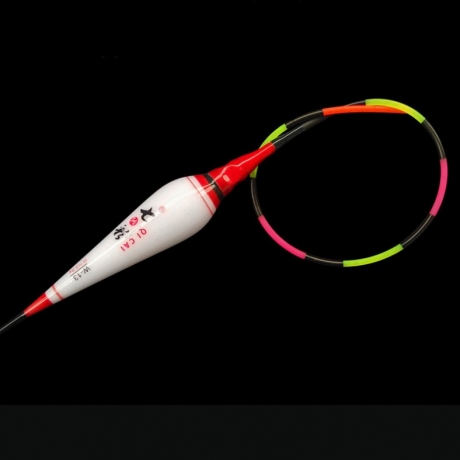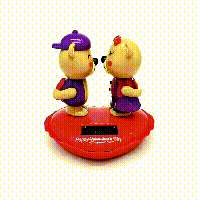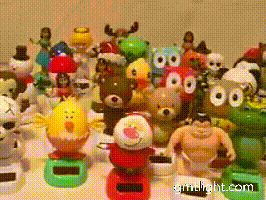What's the meaning of the triangle sign on the plastic products?
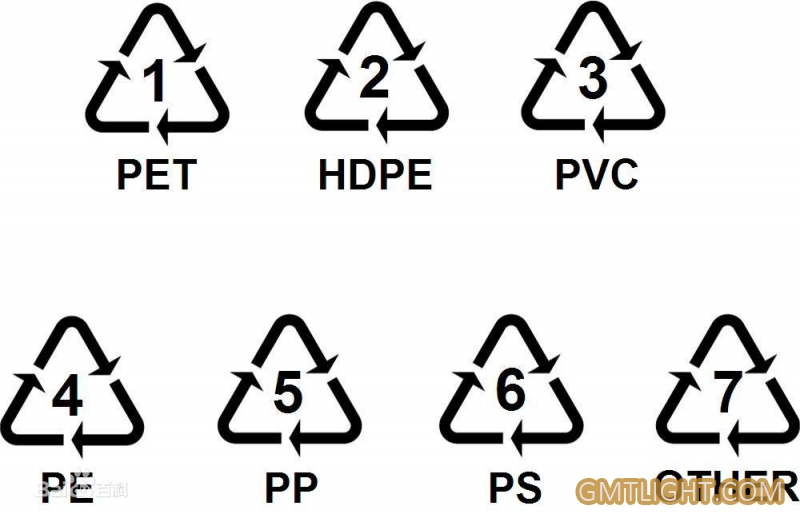
The wide application of plastics has greatly facilitated people's life, but also brought serious environmental problems. The main component of plastics is resin. Resin is a kind of polymer compound which has not been mixed with various additives. Resin accounts for about 40% - 100% of the total weight of plastics. The basic properties of plastics mainly depend on the nature of resin, but additives also play an important role. Some plastics are basically composed of synthetic resins, with no or little additives, such as plexiglass, polystyrene, etc.
Every plastic container or package has a number at the bottom (it's a triangle with an arrow, and there's a number in the triangle). What's the meaning of the triangle sign on the plastic products?
"No.1" PET, polyethylene terephthalate (PET)
PET is commonly used in: mineral water bottle, carbonated beverage bottle, etc.
Use: heat resistant to 65 ℃, cold resistant to - 20 ℃, only suitable for warm or frozen drinks, high temperature liquid or heating is easy to deform, harmful substances melt out. In addition, scientists found that No. 1 plastic may release carcinogen DEHP after 10 months, which is toxic to testis.
Therefore, the beverage bottles should be thrown away when they are used up, and should not be used as water cups or storage containers to carry other items, so as not to cause health problems.
Note: do not recycle the drink bottle to hold hot water. Don't put it in the car to bask in the sun; Don't hold alcohol, oil and other substances.
"No.2" HDPE, High density polyethylene
HDPE is commonly used in the packaging of cleaning products and bath products.
Use: it can be reused after careful cleaning, but these containers are usually not easy to clean, leaving the original cleaning supplies and becoming a hotbed of bacteria. You'd better not recycle them. Don't use it as a water cup or as a storage container for other things.
Note: it is difficult to clean thoroughly. It is recommended not to recycle
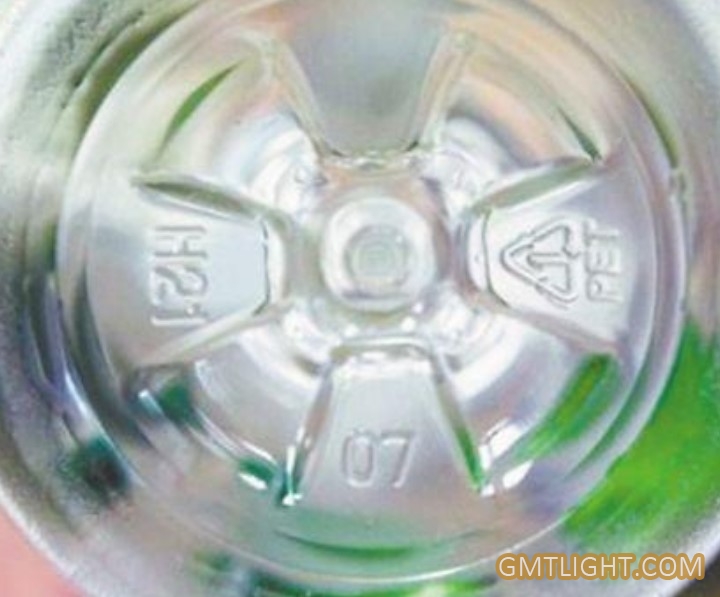
"No.3" PVC, polyvinyl chloride
PVC is commonly used in: common raincoat, building materials, plastic film, plastic box, etc. It is rarely used in food packaging.
Usage: this material has good plasticity and low price, so it is widely used. It can only resist heat at 80 ℃. It is easy to produce harmful substances at high temperature, and even poison will be released in the process of manufacturing. If it enters the human body with food, it may cause breast cancer, neonatal congenital defects and other diseases. Containers of this material have been less used to package food. If you use it, don't let it be heated. It is difficult to clean and easy to remain. Do not recycle. Don't buy drinks if they are packed.
Note: can not be used for food packaging.
"No.4"LDPE, low density polyethylene
LDPE is commonly used in: preservative film, plastic film, etc.
Use: the heat resistance is not strong. Generally, the qualified PE fresh-keeping film will melt when the temperature exceeds 110 ℃, leaving some plastic preparations that cannot be decomposed by human body. The oil in food is also easy to dissolve the harmful substances in the preservative film. Therefore, the food into the microwave oven, first take off the wrapped plastic wrap. When high temperature produces harmful substances, toxic substances with food into the human body, may cause breast cancer, neonatal congenital defects and other diseases.
Note: use microwave oven to heat, do not wrap food with plastic wrap.
"No.5" PP, polypropylene
PP is commonly used in: soybean milk bottle, yogurt bottle, juice drink bottle, microwave oven lunch box.
Usage: the common melting point is as high as 167 ℃. It is the only plastic box that can be safely put into the microwave oven. It can be reused after careful cleaning. It should be noted that some microwave oven lunch boxes are indeed made of No. 5 PP (Special PP for microwave oven has high temperature resistance of 120 ℃ and low temperature resistance of - 20 ℃), but due to the high cost, the cover is generally made of No. 1 Pet instead of special pp. because pet can not withstand high temperature, it cannot be put into the microwave oven together with the box. To be on the safe side, remove the cover of the container before putting it into the microwave oven.
Note: remove the cover when putting it into the microwave oven.
"No.6" PS, polystyrene
PS is often used in bowl instant noodle box and fast food box.
Don't use the microwave to cook instant noodles
Use: heat and cold resistant, but can not be put into the microwave oven, so as to avoid the release of chemicals due to high temperature (released at 70 ℃). And can not be used to hold strong acid (such as orange juice), strong alkaline substances, because it will decompose polystyrene which is not good for human body, easy to cause cancer. Therefore, you should try to avoid using fast food boxes to pack hot food.
Note: don't use the microwave to cook instant noodles.
"No.7" PC
PC is often used in other categories: water bottle, water cup and milk bottle.
Use: a widely used material, especially in milk bottles, is controversial because of its BPA content. Lin Hanhua, associate professor of biology and chemistry at City University of Hong Kong, said that in theory, as long as BPA is 100% converted into a plastic structure in the process of making PC, it means that there is no BPA in the product, let alone any release. However, if a small amount of BPA is not converted into the plastic structure of PC, it may be released into food or drink. Therefore, be careful and pay special attention when using this plastic container.
Cleaning measures against bisphenol A
The higher the temperature is, the more BPA is released and the faster the speed is. Therefore, the PC water bottle should not be used to hold hot water, so as not to increase the release rate and concentration of bisphenol A (if any). If your kettle has a number 7, the following methods can reduce the risk:
Do not heat when using.
Do not use dishwasher or dryer to clean the kettle.
Keep the kettle away from direct sunlight.
Before the first use, clean with baking soda powder and warm water, and dry naturally at room temperature. Because bisphenol A will release more in the first use and long-term use.
If the container has any fall or damage, it is recommended to stop using it, because if there are tiny pits on the surface of plastic products, bacteria are easy to hide.
Avoid repeated use of aged plastic appliances

